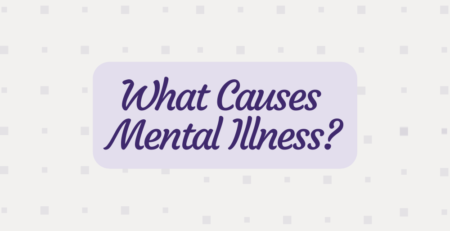What Is a PTSD Episode?
June is PTSD Awareness Month – an ideal time to confront the obstacles and diminish the stigma surrounding post-traumatic stress disorder. PTSD is not only a challenge for military veterans; it can affect anyone who has experienced severe trauma, including survivors of natural disasters, life-threatening accidents, or intimate violence.
At Serene Behavioral Health, our experts want to humanize PTSD episodes by explaining what they look like, their triggers, and effective treatment strategies.
Understanding and Managing Post-Traumatic Stress Disorder
PTSD emerges after exposure to a traumatic event and involves long-term reactions that can dramatically disrupt your daily life and ability to function. While many people recover from the acute shock of trauma with time, patience, and self-care, those with PTSD continue experiencing profound and persistent symptoms.
- Nightmares and flashbacks: Your brain may get stuck on a loop of repeatedly reliving the trauma, with intrusive memories that feel overwhelmingly vivid.
- Avoidance: A desire to steer clear of places, people, or activities that remind you of what you went through can cause you to restrict your life.
- Hyperarousal: Remaining in a heightened state of anxiety and being “on edge” can prevent you from relaxing or feeling comfortable.
- Emotional dysregulation: You may live with intense fear, guilt, anger or shame due to PTSD.
What Happens in a PTSD Episode?
A PTSD attack can result from any reminder of the trauma and involves an acute exacerbation of symptoms. These episodes are often unpredictable and involve involuntary responses like these.
- Intense fear and anxiety: You might feel a sudden surge of fear, mimicking the terror you felt during the actual traumatic event.
- Physical symptoms: These resemble those experienced during a panic attack, such as shaking, chest pain, rapid heartbeat, and difficulty breathing.
- Dissociation: A feeling of detachment from reality or yourself may make it challenging to stay grounded.
Grounding Techniques During a PTSD Attack
While PTSD episodes are not life-threatening, they can feel paralyzing in the moment. Learning to recognize a PTSD attack in its early stages will allow you to manage your symptoms before they escalate. Then, you can use grounding techniques to help you regain control.
- Sensory awareness: Focus on what you can see, touch, hear, taste, and smell.
- Physical movement: Physical activity can disrupt your acute stress response. Try simple exercises like marching in place or windmilling your arms.
- Controlled breathing: Practice breathing deep into your abdomen to reduce panic symptoms.
- Positive affirmations: Repeat reassuring statements like “I am safe” or “This moment will pass.”
Seeking Help for PTSD and Related Challenges
Many people use drugs or alcohol to mute their PTSD symptoms, which can compound the problem by introducing a substance use disorder into the equation.
Serene Behavioral Health offers specialized, trauma-informed care and addiction treatment, recognizing the complex interplay of a dual diagnosis. Our approach includes individualized care plans tailored to PTSD’s unique challenges. We also accept TRICARE and TriWest, making our services more accessible to our military heroes.
Help is available here for military veterans, sexual assault survivors, or anyone else whose traumatic experiences have cast a shadow on their lives. Contact Serene Behavioral Health this PTSD Awareness Month to learn more about how we can support you on your quest to heal.
















